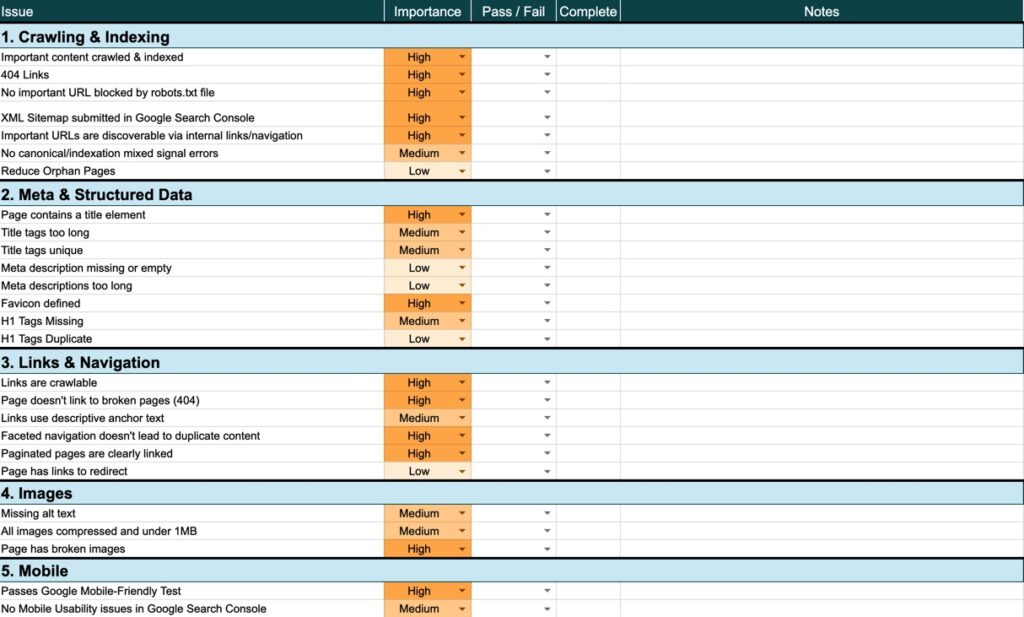Ecommerce holiday shopping trends in 2023 continue their upward trend, but not without challenges.
Holiday ecommerce shopping has grown 3x over the past two years in the US and as much as 4.5x in the UK. However, global economic concerns will drive more conscious buying decisions and a longer customer journey to purchase. According to PwC, 69% of shoppers are holding back on non-essential spending and a staggering 90% of consumers are activating cost-saving behaviors.
This leaves ecommerce retailers in an interesting predicament. The market opportunity continues to grow, but they have to work harder to earn their share.
Retailer trends to watch for (and replicate)
If you’ve heard it once, you’ve heard it a thousand times: “free shipping is the norm” and “content is king”. Does this make sense for all brands? Not necessarily.
Take luxury brands, for example. “Free” associated with their brands dilute the value and quality. In these cases, “free” anything doesn’t resonate with their audience. Same with a company like Apple. Less is typically more to get a product sold.
However, if your brand doesn’t fit into these categories, it’s a good bet to follow industry recommendations. Create strategic content to earn site traffic, pay off the visit with additional education and captivating brand elements. Close the deal by presenting a solid offer. And remember, “deal” doesn’t always mean sale.
Keep Reading: 2023 Ecommerce Holiday Marketing Guide
Competitor trends
Do you follow your competitors or complementary brands on social media or subscribe to their marketing sends? Do it! You’ll gain valuable insight on their marketing and promotions offered throughout the year.
Be prepared
Website technical health
When it comes to ecommerce sales (any time of year!), the visibility and accessibility of your online shop is most important. Technical health refers to the backend cleanliness of your website. Search engines have a way of sifting out bad websites, and they have no guilt putting an unhealthy site on pages 2-10 on the search engine results pages.
A quick audit using tools like Ahrefs, Screaming Frog, and other free SEO tools will give you a quick check on what’s being flagged, which leads to a list of action items your dev or web team can fix. The problems could range from missing alt text to slow page load speed to deadlinks. These are usually quick fixes that take your site from zero to hero and prove to the search engines that you’re capable of handling big traffic volumes.

Product display + brand infusion
Your brand is one to be proud of. Make sure your ecommerce experience displays it. Customers in a buying mindset take quick paths to purchase and they’ll quickly drop if any of your experience doesn’t feel credible or navigable.
The quickest path to purchase typically only lasts 3-5 clicks for bottom-of-the-funnel buyers, which includes “add to cart”. Ensure you have solid SEO throughout your site, as users could land on a category page, homepage, or product detail page. Make sure whatever page they land on reflects the brand and drives them through a simple, clear conversion path.
Inventory confirmation/stock
Gone are the days when an ecommerce (or retail store) lost a purchase simply because the product wasn’t on the shelves. With inventory tracking, you can create a sense of urgency with buyers by displaying how many products of a particular variety are left. Or, if the product is out of stock, you can convert a high quality shopper into a marketing contact by giving them product updates if they sign up to be notified when a product is back in stock.
Drive traffic through various channels
Use Q4 search volume to your advantage and invest in additional digital marketing channels.
Paid media shopping ads
Paired with organic search results, you have an opportunity to earn multiple rankings on page 1 of Google. The more real estate the better. Ensure your catalog is connected to Google Merchant Center to qualify for Google Shopping campaigns for even more visibility on product-specific keywords.
Influencer activations
Spend some time researching influencer partners that are a fit for your brand. Don’t be shy! Reach out to see if they’ll partner with you and associated rates. According to Salsify, 42% of customers purchased directly from social media ads last buying season.
Lead capture
In addition to capturing “back in stock” notification signups, make sure you have an impactful offer to share with visitors once they hit the site. Did you know that on average, for every $1 a brand spends on email marketing, it returns $36 in monthly revenue? Even if a list contact doesn’t purchase on the first site visit, they’ll remember you through their inbox and your soft periodic nudges will eventually encourage them to purchase.
Prime your list with email
Be a first mover by sharing emails with your contacts early. Some experts are recommending a start as early as October 10th! Maintain a constant flow of emails throughout the holiday season and be sure to keep audience members informed of deadlines such as ‘order by X date to receive by Christmas Eve”
Is your ecommerce store primed for holiday buying? If you think you’re missing out on revenue opportunities, let’s chat!



